Red-Cockaded Woodpecker
Dryobates borealis
Status: Vulnerable
The Red-cockaded Woodpecker is an especially important bird in the longleaf pine ecosystem that needs help. Like most species in the woodpecker family, the red-cockaded woodpecker is heavily dependent on tall trees to provide shelter and food. This species of woodpecker carves out cavities or small holes high up in old pine trees (it prefers the longleaf pine tree) that are experiencing rot. These cavities are where the birds hid from predators and where they lay and hatch their young. They are primarily black and white, though males have a small patch of red behind their eye, which is why they are called red-cockaded woodpeckers.
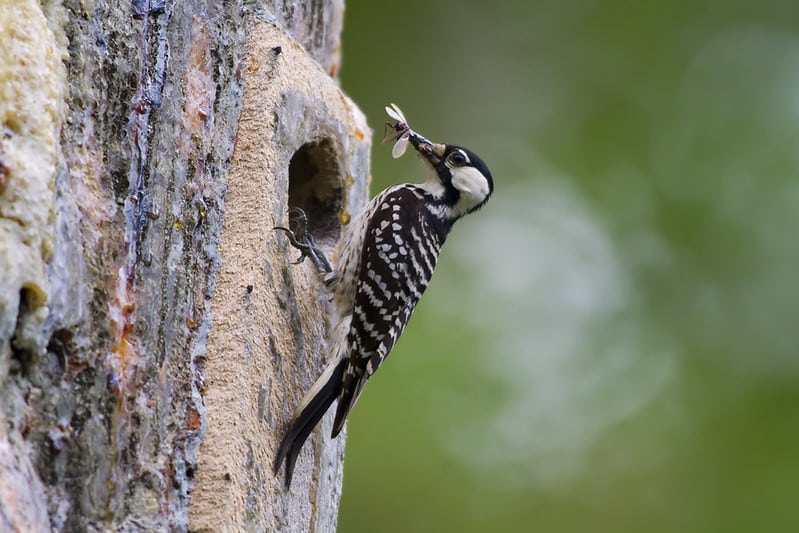
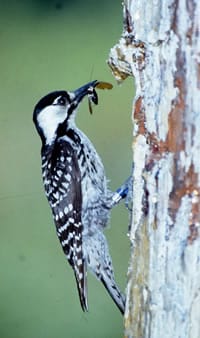
Habitat & Range
The red-cockaded woodpecker has very particular habitat requirements, and are really only found across the southeastern United States in the longleaf pine range. This species of bird depends on open pine woodlands with old mature trees (80-100 years old) so they can easily dig out cavities. Fire is important in maintaining the openness of this habitat.
Food Web & Energy Flow
Like many woodpeckers, the red-cockaded woodpecker primarily feeds on insects found under flakes of tree bark the bird pecks off with its beak. They will also eat seeds and berries. This make the woodpecker a secondary consumer. Predators include tree-climbing snakes and other birds of prey.
Relationship to Fire
The red-cockaded woodpecker is HEAVILY dependent on fire to maintain its ideal habitat conditions. One of the most significant threats to this species is the decline of fire managed longleaf pine forests.
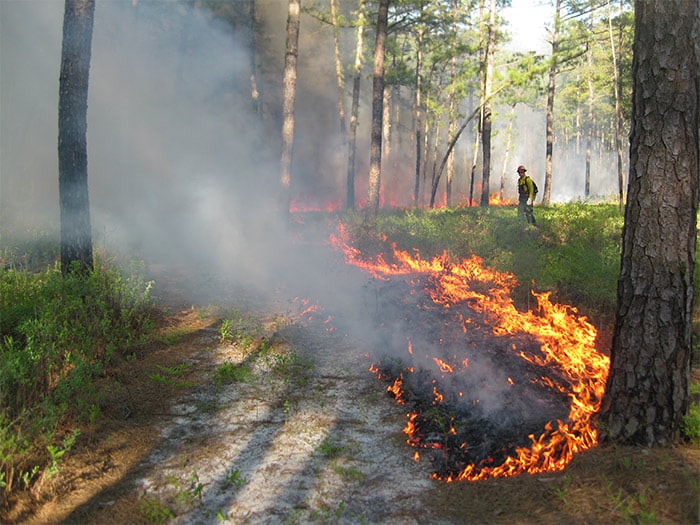
Conservation Status
As you can see from the map below, the red-cockaded woodpecker is in trouble. It is considered Imperiled (orange) or Critically Imperiled (red) in all of the of the states across the southeastern United States.
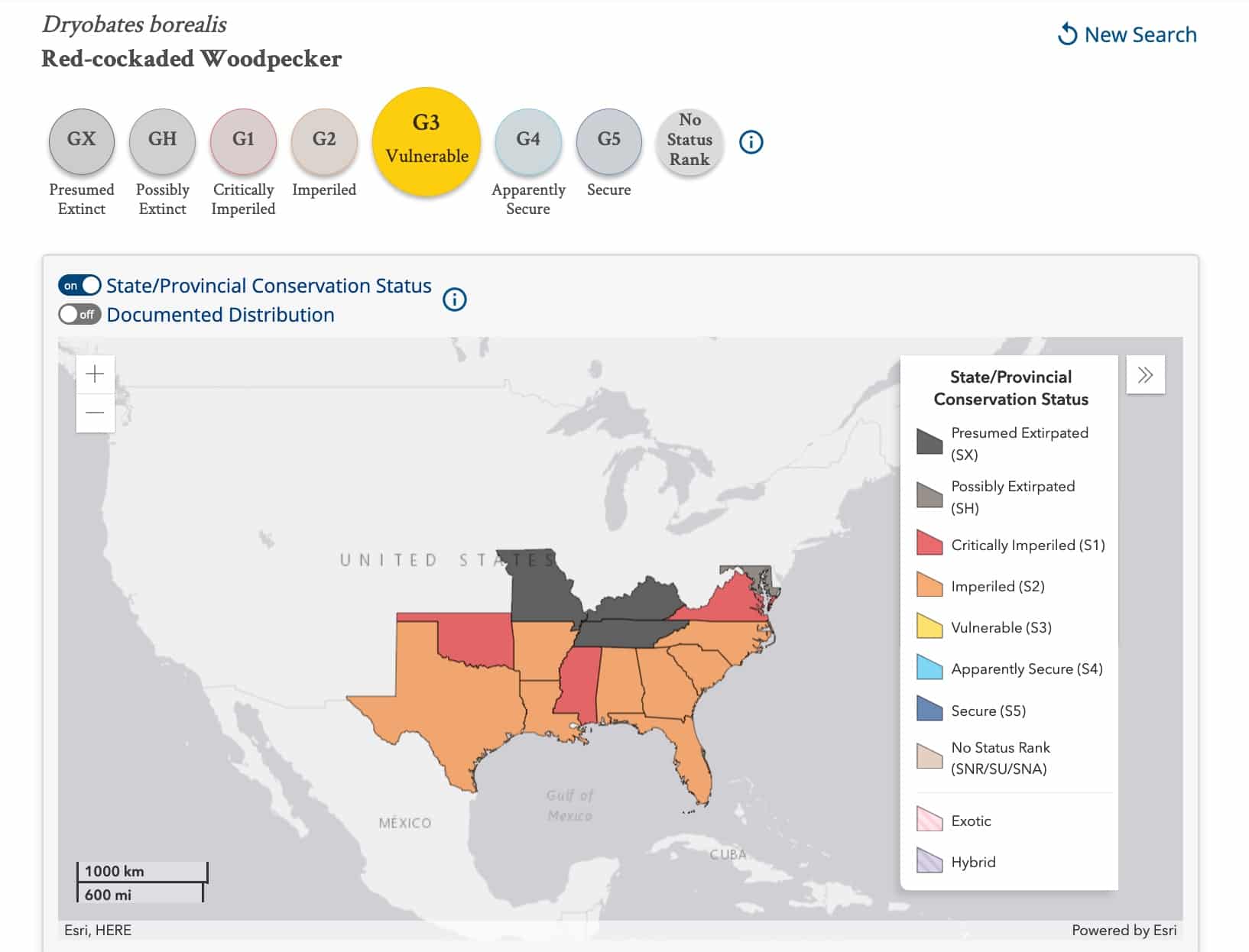
Human Impacts/ Threats
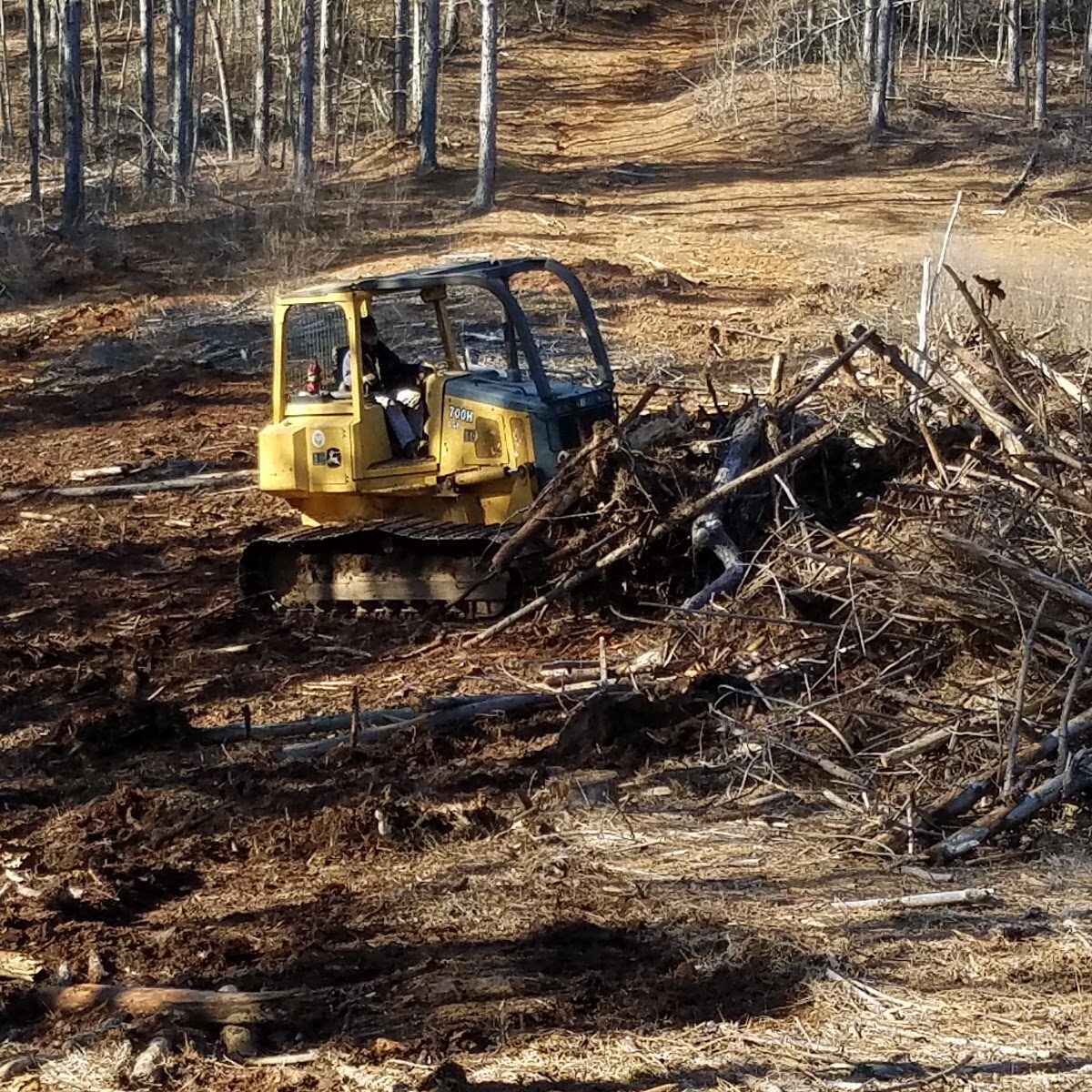
Land Use Conversion
Longleaf forests and the habitat it supports is being cleared or converted to use the land for other uses like houses, roads, agriculture, and even to grow different types of trees to sell.

Fire Suppression
Many people think of fires in the forest as bad, so they work hard to prevent or suppress them. But longleaf forests NEED regular fire to support habitat for the species that live there!
Resources
US Fish & Wildlife Service. Red-cockaded Woodpecker Recovery
Longleaf Alliance. Red-Cockaded Woodpecker Lesson
Cornell Lab of Ornithology. All About Birds. Red-Cockaded Woodpecker.
Audubon Guide to North American Birds. Red-Cockaded Woodpecker
